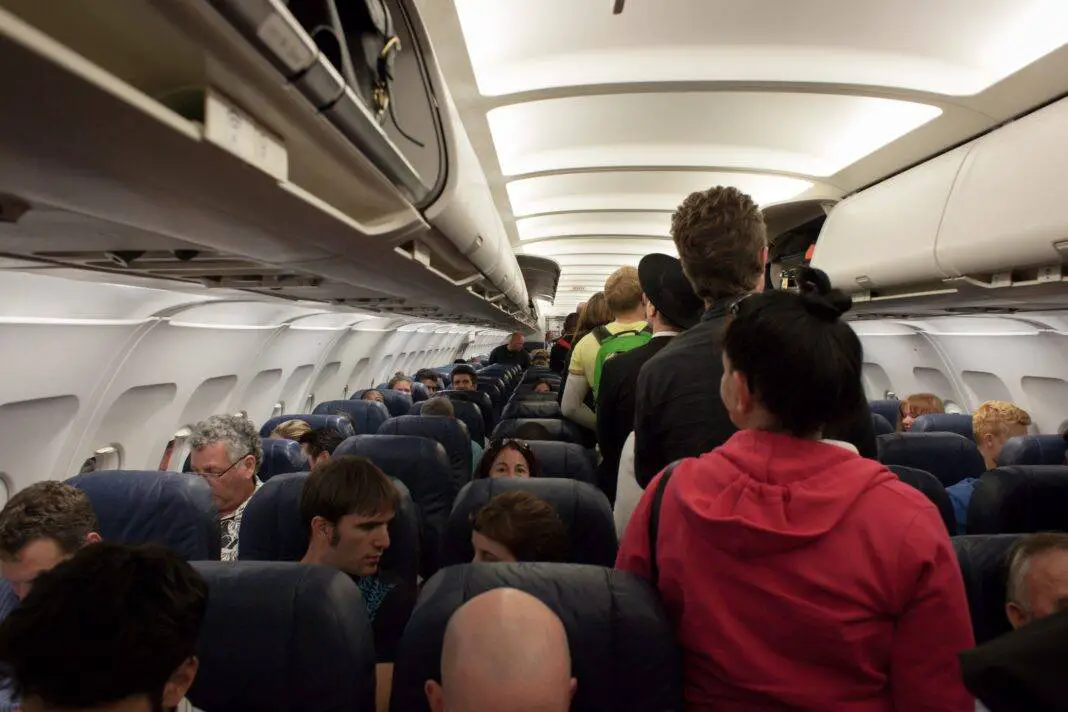The International Air Transport Association (IATA) published a forecast on global air traffic (passenger movement) showing the slower recovery in air traffic due to the Coronavirus pandemic.
As per the IATA forecast, the global passenger traffic (revenue passenger kilometers or RPKs) will not return back to the pre-COVID-19 state until 2024.
The recovery in short-haul travel is still expected to happen faster than for long haul travel. As a result, passenger numbers will recover faster than traffic measured in RPKs. Recovery to pre-COVID-19 levels, however, will also slide by a year from 2022 to 2023. For 2020, global passenger numbers (enplanements) are expected to decline by 55% compared to 2019, worsened from the April forecast of 46%.
Global air traffic (measured in RPK) plummeted by 86.5 percent as compared to the previous year. The data of June 2020 shows slower than expected recovery of passenger traffic.
MAJOR CAUSES FOR DELAYED RECOVERY

SLOWER VIRUS CONTROL IN THE US AND DEVELOPING ECONOMIES
Many countries except the United States have been successful in controlling the spread and the outbreak of the Coronavirus. The US which holds around 40% of the global aviation market is not being able to contain the deadly virus. The continued flight closure in the US has slowed the global air traffic recovery.
DECLINING PASSENGER CONFIDENCE
Some countries have already resumed their domestic and international flight operations however, passengers are not confident or convinced to book the tickets. As per IATA, 55% of the people surveyed told they don’t have the plan to travel in 2020.
DECREASED CORPORATE TRAVEL
The business and corporate travel have been halted in this pandemic as the companies are under financial pressure. Video conferencing and online meetings have proved to be beneficial for business personnel rather than flying for a physical meeting.
Owing to these factors, IATA’s revised baseline forecast is for global enplanements to fall 55% in 2020 compared to 2019 (the April forecast was for a 46% decline). Passenger numbers are expected to rise 62% in 2021 off the depressed 2020 base, but still will be down almost 30% compared to 2019. A full recovery to 2019 levels is not expected until 2023, one year later than previously forecast.
Meanwhile, since domestic markets are opening ahead of international markets, and because passengers appear to prefer short haul travel in the current environment, RPKs will recover more slowly, with passenger traffic expected to return to 2019 levels in 2024, one year later than previously forecast. Scientific advances in fighting COVID-19 including development of a successful vaccine, could allow a faster recovery. However, at present there appears to be more downside risk than upside to the baseline forecast.
International Passenger Markets
June international traffic declined by 96.8% compared to June 2019, only slightly improved over a 98.3% decline in May, year-over-year. Capacity fell 93.2% and load factor contracted 44.7 percentage points to 38.9%.
Asia-Pacific airlines’ June traffic plummeted 97.1% compared to the year-ago period, little improved from the 98.1% decline in May. Capacity fell 93.4% and load factor shrank 45.8 percentage points to 35.6%.
European carriers saw demand topple 96.7% in June versus a year ago, compared to a 98.7% decline in May. Capacity dropped 94.4% and load factor lessened 35.7 percentage points to 52.0%.
Middle Eastern airlines traffic collapsed 96.1% for June against June 2019, compared with a 97.7% demand drop in May. Capacity contracted 91.1%, and load factor crumbled to 33.3%, down 43.1% compared to a year ago.
North American carriers had a 97.2% traffic decline in June, barely improved from a 98.3% decline in May. Capacity fell 92.8%, and load factor dropped 53.8 percentage points to 34.1%.
Latin American airlines suffered a 96.6% demand drop in June compared to the same month last year, from a 98.1% drop in May. Capacity fell 95.7% and load factor sagged 17.7 percentage points to 66.2%, which was the highest among the regions.
African airlines’ traffic sank 98.1% in June, little changed from a 98.6% demand drop in May. Capacity contracted 84.5%, and load factor dived 62.1 percentage points to just 8.9% of seats filled, lowest among regions.
ALSO READ:





